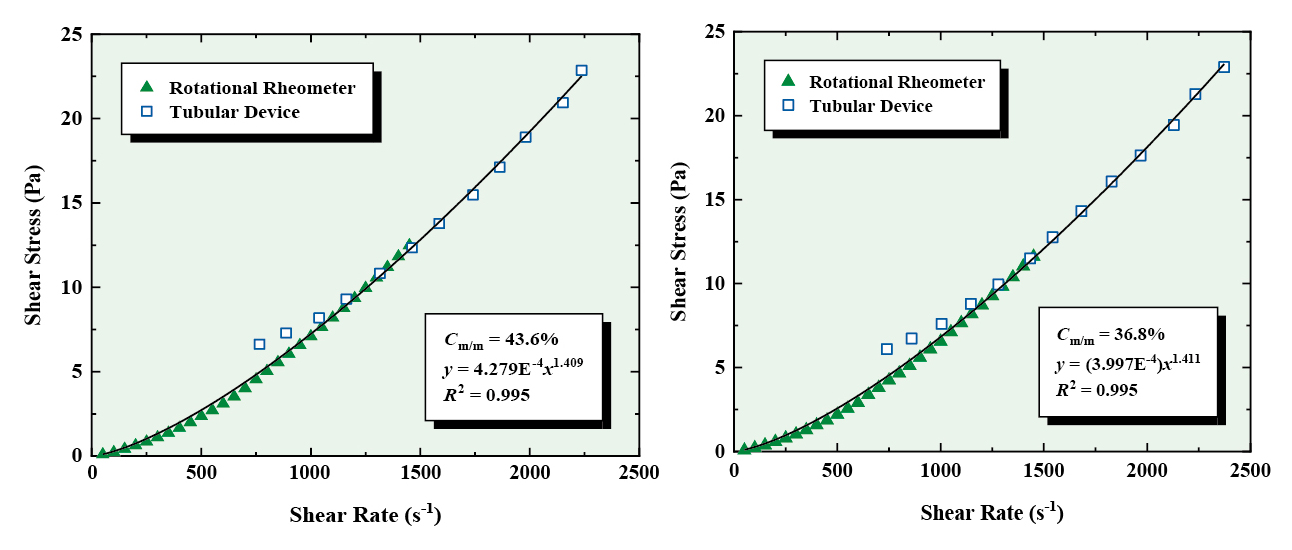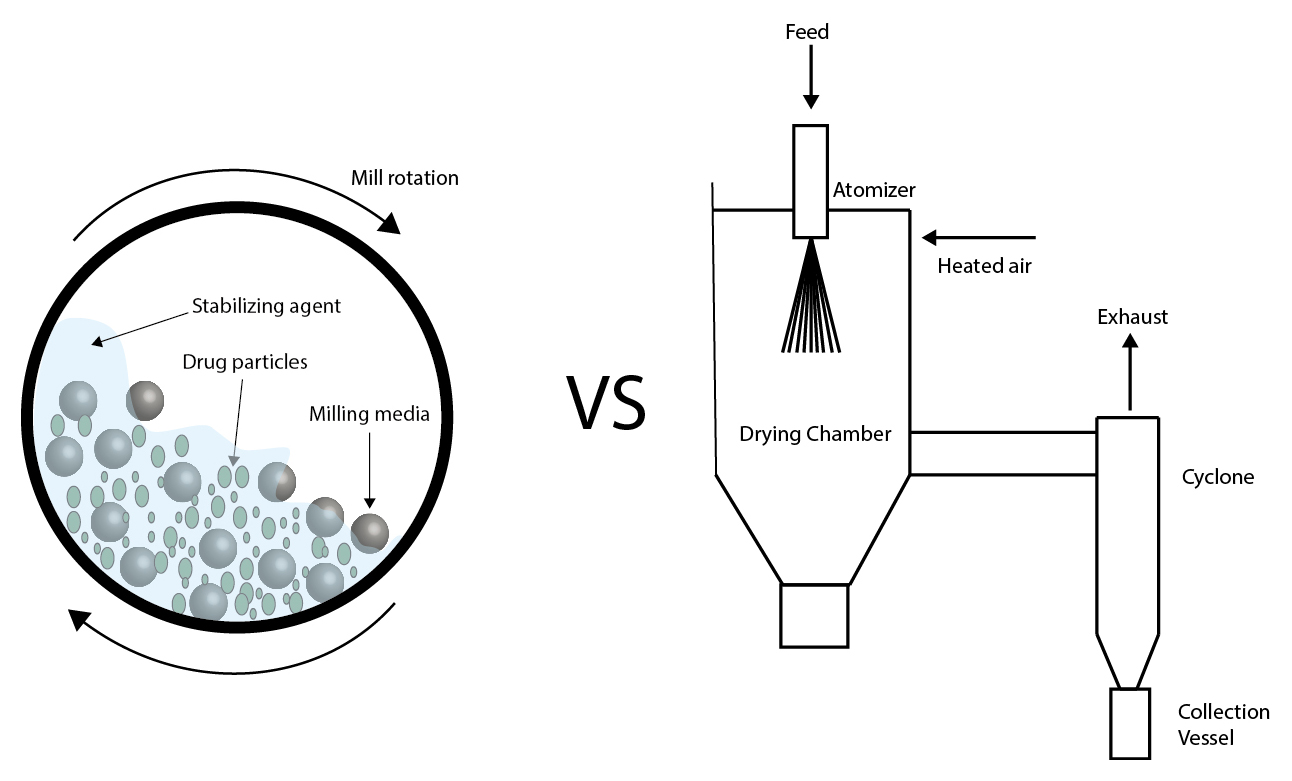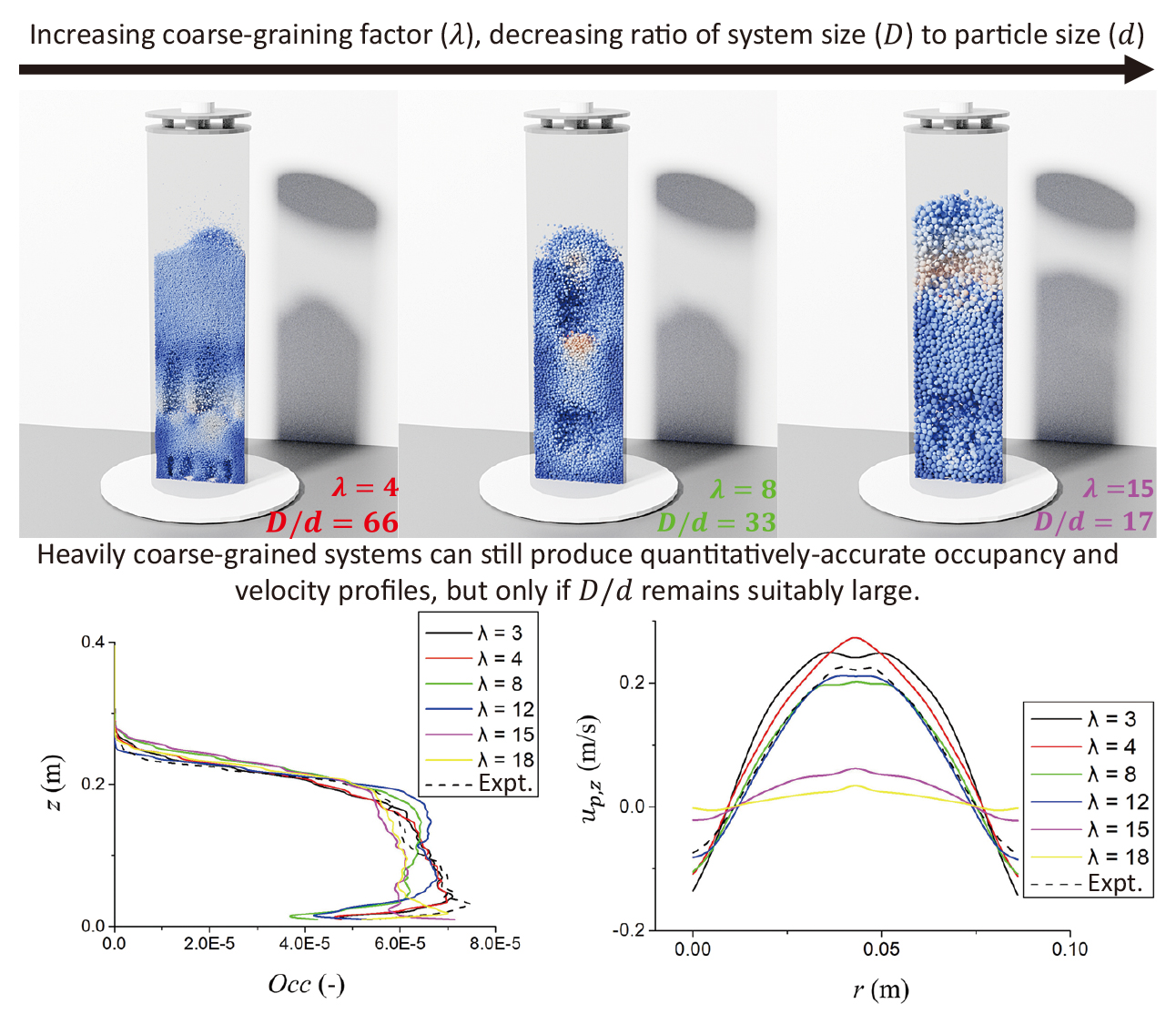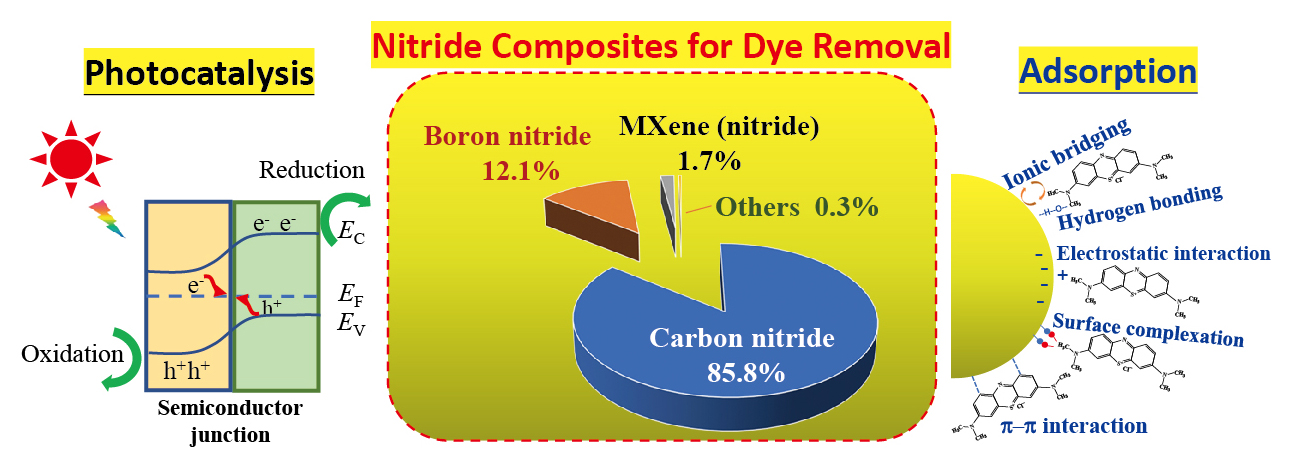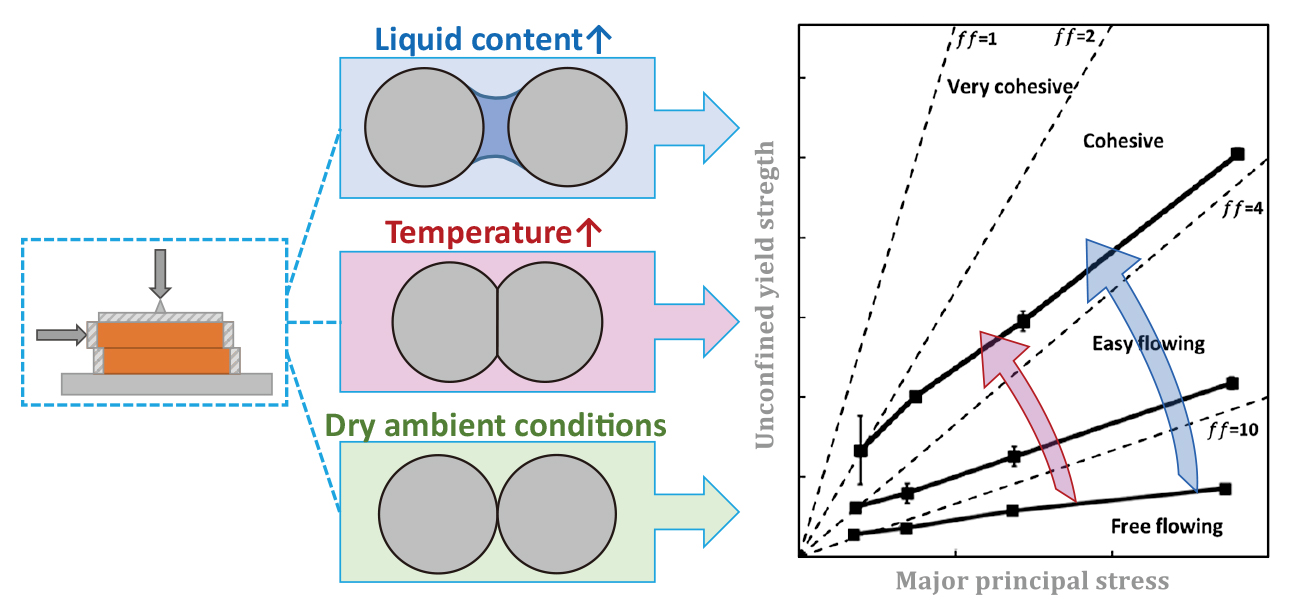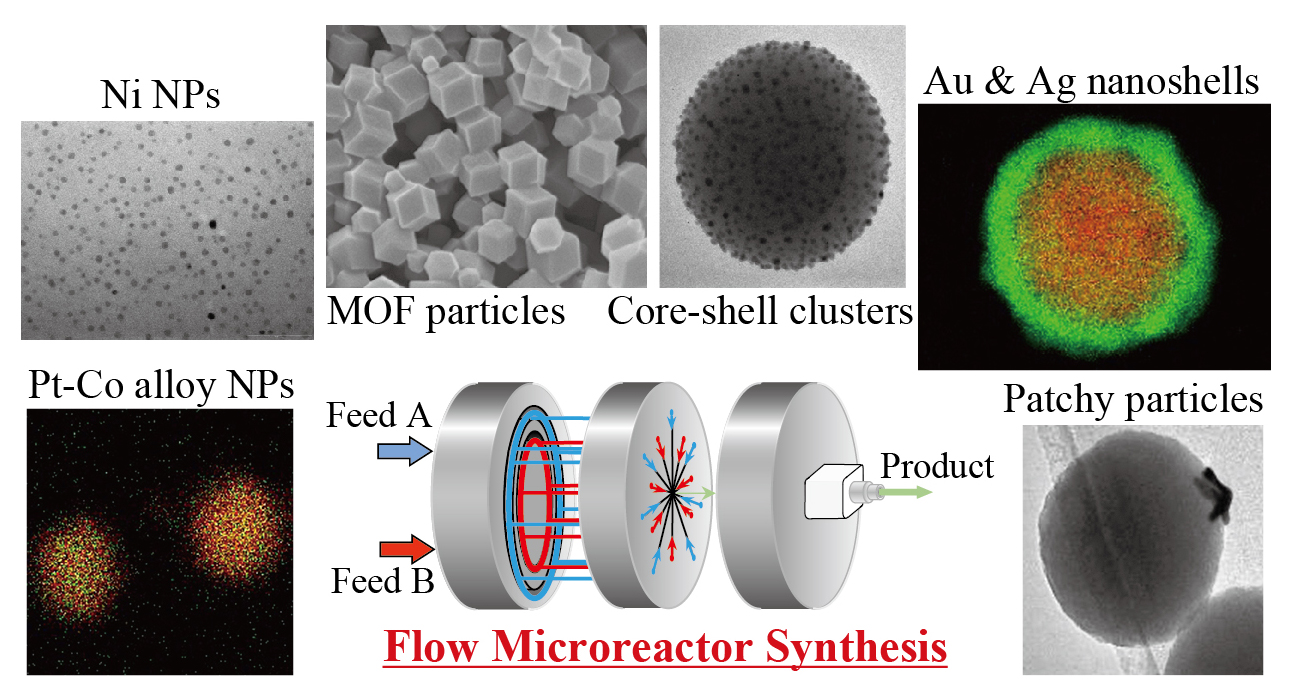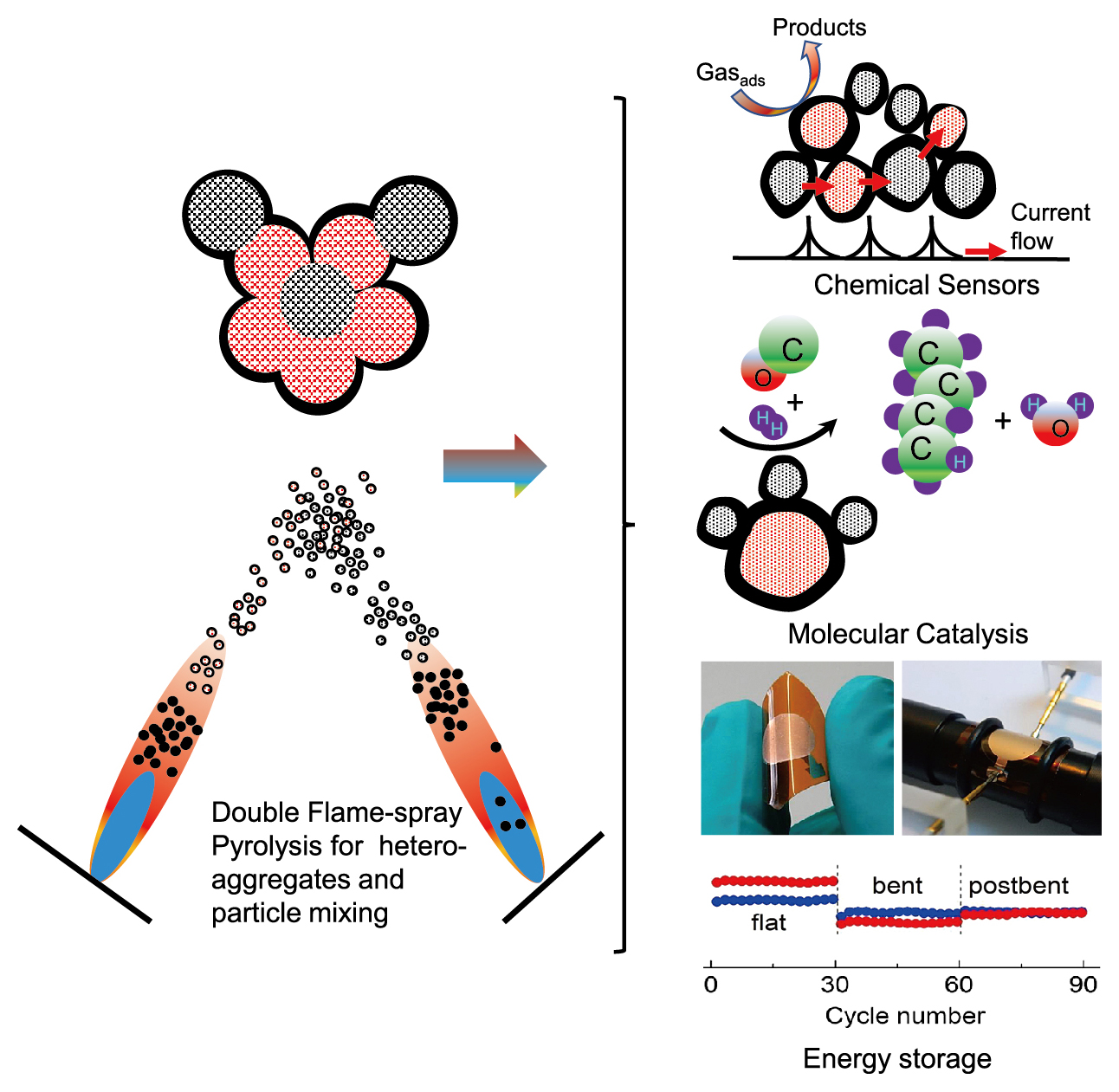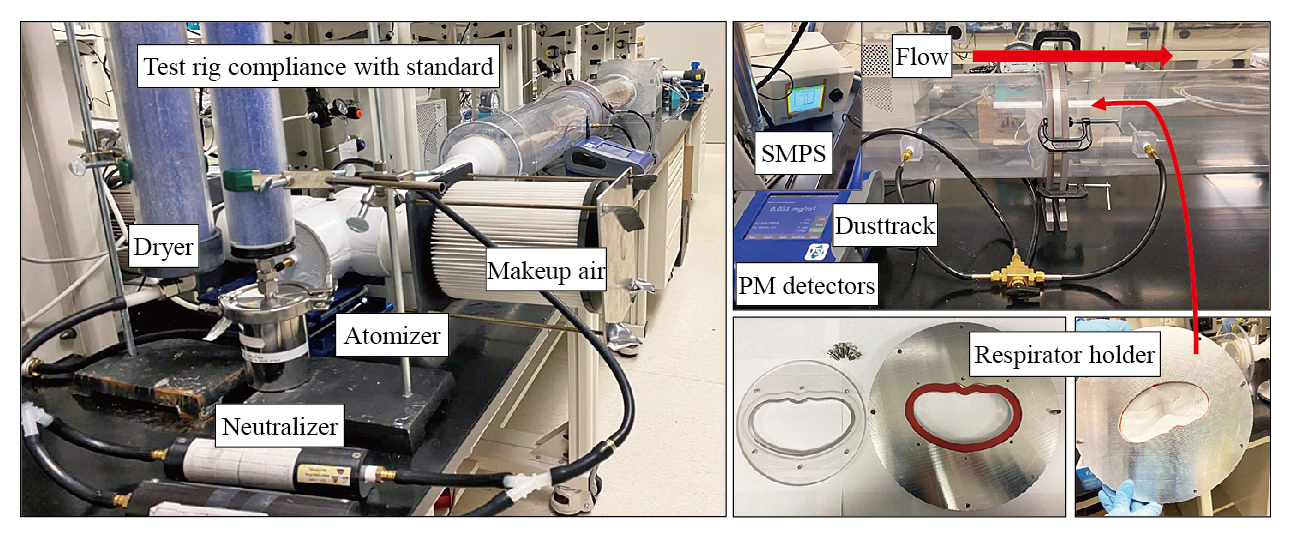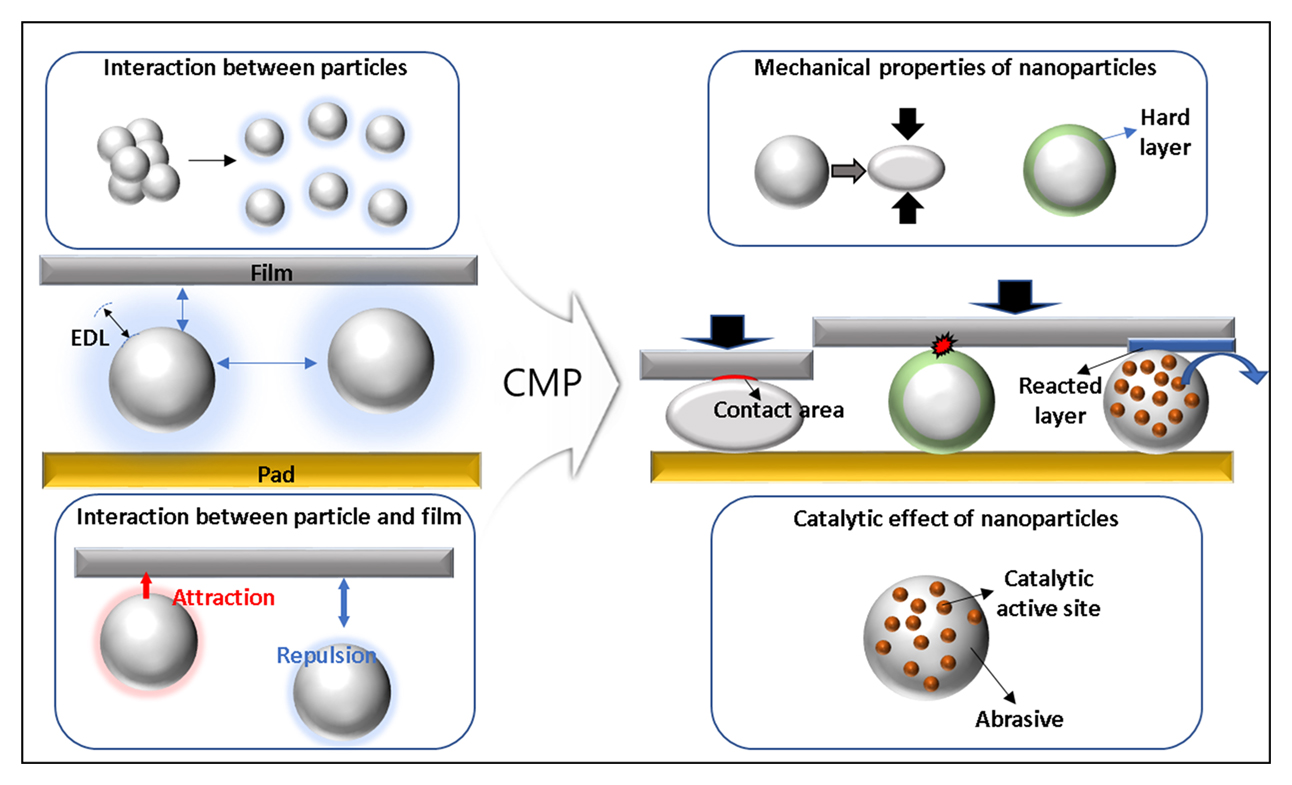Advance online publication
Advance online publication
Advance online publication allows users to view and download accepted articles before the production process has been finalised.
Displaying 1-9 of 9 articles from this issue
- |<
- <
- 1
- >
- >|
-
Article ID: 2025009
Published: 2024
Advance online publication: April 13, 2024Download PDF (6794K) -
Article ID: 2025008
Published: 2024
Advance online publication: April 06, 2024Download PDF (3726K) -
Article ID: 2025007
Published: 2024
Advance online publication: March 23, 2024Download PDF (14375K) -
Article ID: 2025005
Published: 2024
Advance online publication: March 17, 2024Download PDF (3587K) -
Article ID: 2025006
Published: 2024
Advance online publication: March 17, 2024Download PDF (6514K) -
Article ID: 2025003
Published: 2024
Advance online publication: February 24, 2024Download PDF (22545K) -
Article ID: 2025004
Published: 2024
Advance online publication: February 24, 2024Download PDF (28977K) -
Article ID: 2025002
Published: 2024
Advance online publication: January 13, 2024Download PDF (5432K) -
Article ID: 2025001
Published: 2023
Advance online publication: December 28, 2023Download PDF (20993K)
- |<
- <
- 1
- >
- >|
